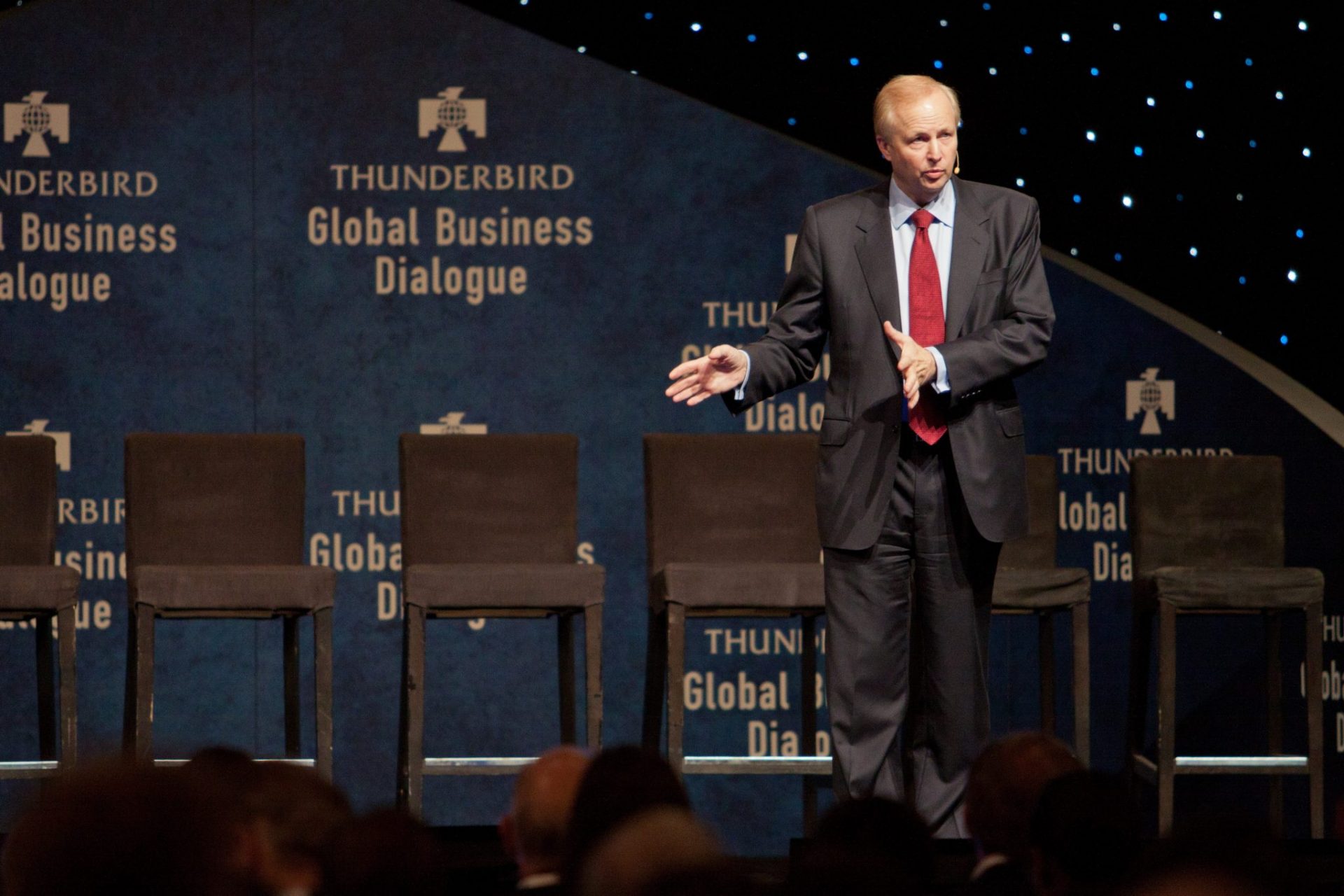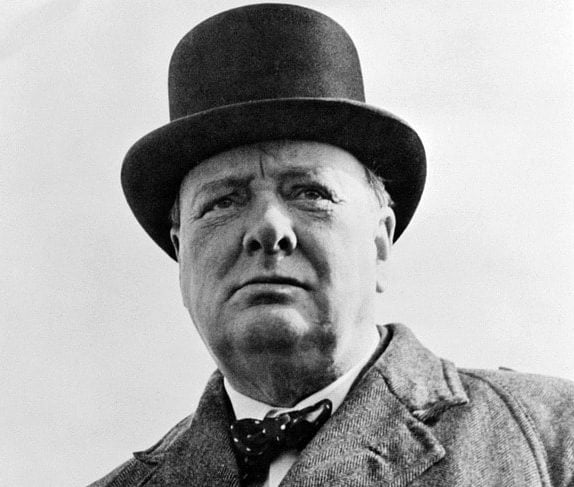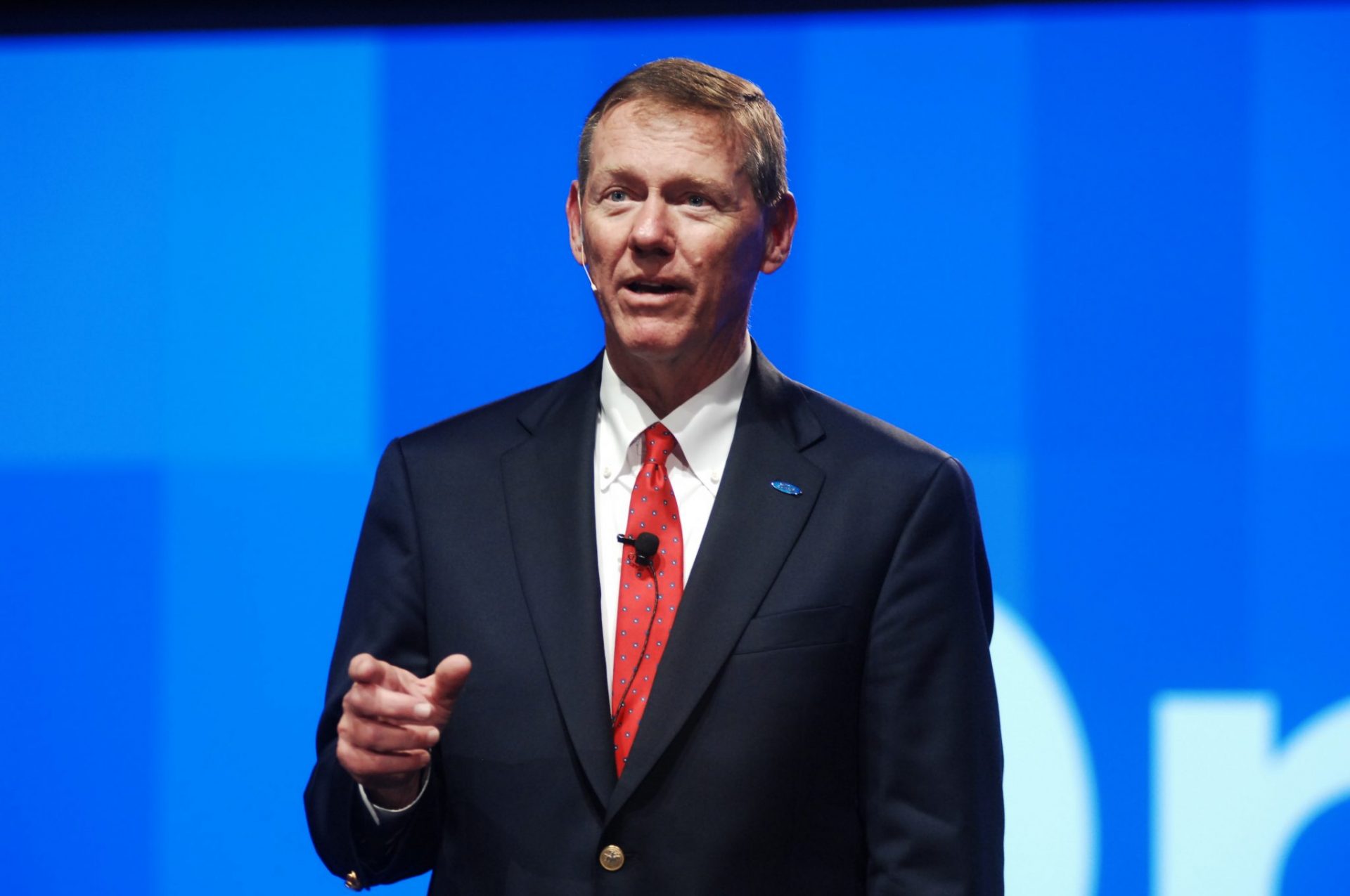What makes someone walk into a room and instantly command attention? What makes others naturally listen, lean in, and want to follow?
With over a decade’s experience of leadership development interventions, we’ve seen that it’s not always about hierarchy or titles. It’s about presence — a magnetic, grounded energy that some leaders exude.
Whether it’s Barack Obama, Oprah Winfrey, or Narendra Modi — certain leaders have that “it factor.” But executive presence, as we’ve learned, is less about charisma and more about a set of intentional behaviors that anyone can develop.
Here are five traits that we believe define leadership presence today, especially in the evolving corporate landscape:
1. Grace Under Fire
Table of Contents
In an era marked by change and disruption, calm is the new power. Sylvia Ann Hewlett, in her book Executive Presence, describes “grace under fire” as one of the most critical differentiators between effective and ineffective leaders. We couldn’t agree more.
We’ve facilitated leadership offsites during times of crisis — business slowdowns, restructures, even public backlash. And time and again, we’ve observed how some leaders hold the room with a grounded sense of calm. They don’t pretend everything is okay, but they don’t crumble either.
Take Bob Dudley, the former CEO of British Petroleum, who led BP’s recovery post the Deepwater oil spill. His composed demeanor helped rebuild trust — internally and externally. Contrast that with his predecessor, whose reactive and defensive behavior during the same crisis cost him his job.
In today’s volatile world, we’ve noticed that composure is often the invisible force behind confident leadership.
2. Authenticity
In a world of curated social media feeds and polished public personas, people are craving authenticity. Leaders who are unapologetically themselves — who speak from the heart and live their values — naturally build trust.
Participants in our leadership workshops often say things like, “I trust leaders who walk the talk,” or “I want to work for someone who is real.”
We’ve seen this in action when leaders:
- Admit when they don’t have all the answers.
- Share their own stories of failure and growth.
- Stick to their values even when it’s inconvenient.
Think of Winston Churchill’s resolve or Gandhi’s honesty — their presence was rooted in their unwavering alignment with their values.
And let’s not forget: authenticity isn’t about being perfect — it’s about being consistent and clear in what you stand for.
3. Decisiveness (With Compassion)
Executive presence isn’t just about being in the room — it’s about moving the room forward. Especially in moments of ambiguity, teams look to leaders for clarity.
As one of our clients once said during a leadership debrief: “I don’t expect my manager to always have the right answers. But I do expect them to choose a path — and explain why.”
Take Alan Mullaly, former CEO of Ford, who faced a near-collapse of the company in 2006. Instead of stalling, he made bold bets, invested in fewer models, and made teamwork a cultural pillar. The result? Ford became the only major US automaker to avoid a bailout during the 2008 crisis.
In our experience, strong leaders are not just decisive — they are compassionately decisive. They communicate decisions transparently, share the rationale behind them, and remain open to feedback along the way.
4. Vision That Inspires
We’ve had the privilege of working with leaders who are masters at painting a vivid picture of the future. Not just in numbers and charts — but in a way that energizes hearts and minds.
One leader we worked with launched a “10X in 10” vision — aiming to grow the business 10X in 10 years. What made it compelling wasn’t the audacity of the goal — but how he broke it down, connected it to the team’s daily actions, and rallied every department behind it.
As Simon Sinek famously says, “Start with why.” Inspiring leaders don’t just set targets — they connect them to purpose.
A great example is Ellen Kullman, former CEO of DuPont, who led a bold transformation by repositioning the company’s future on nutrition and agro-science. The return? Over 24% ROI to shareholders in just three years.
In our own interventions, we’ve seen how even middle managers — when clear on the “why” — can spark alignment and action across teams.
5. Effort That Appears Effortless
Here’s a little secret from the countless leaders we’ve worked with: what seems effortless is almost always the result of deliberate practice.
From how they speak, to how they dress, to how they present — leaders with strong presence put in the reps behind the scenes.
Remember Margaret Thatcher? The “Iron Lady” worked with voice coaches to lower her tone to sound more authoritative. Steve Jobs wore the same black turtleneck not because he lacked options — but because it became a symbol of his identity and simplicity.
In our workshops, we often encourage leaders to:
- Invest time in practicing their presentations.
- Rehearse important conversations.
- Seek feedback on their tone, body language, and presence.
It’s not about being someone you’re not. It’s about refining the best version of yourself.
Related Reading: 10 Fool-Proof Ways to Ruin Your Presentation
Bonus: Presence in a Hybrid World
Post-pandemic, executive presence has taken on a new dimension. Leaders now need to show up with presence on Zoom, on Slack, and in asynchronous formats.
In our virtual leadership sessions, we encourage leaders to:
- Keep their cameras on (presence is visual).
- Use names often (presence is personal).
- Listen deeply before responding (presence is respectful).
- Be intentional with communication (presence is clarity).
In our experience, virtual executive presence isn’t just about showing up — it’s about how you show up.
Related reading: Organisation’s Guide On Efficiently Implementing A Hybrid Working Model
So, What Defines Presence Today?
If we were to summarize what we’ve observed across industries and leadership levels, it would be this:
“Executive presence isn’t about power or position. It’s about consistency, clarity, and connection.”
In our own work with leaders, across industries and geographies, these five traits come up again and again as differentiators. And the best part? They’re all learnable.
So whether you’re a first-time manager or a CXO, here’s the invitation:
- Stay calm in the chaos.
- Speak from your values.
- Decide with clarity.
- Inspire with vision.
- Practice your craft.
That’s how presence moves from a perception… to a legacy.
What are the traits that you associate with a leader’s presence? Have you experienced someone who just “owned the room”? Tell us more in the comments or share your story with us. We’d love to hear.















